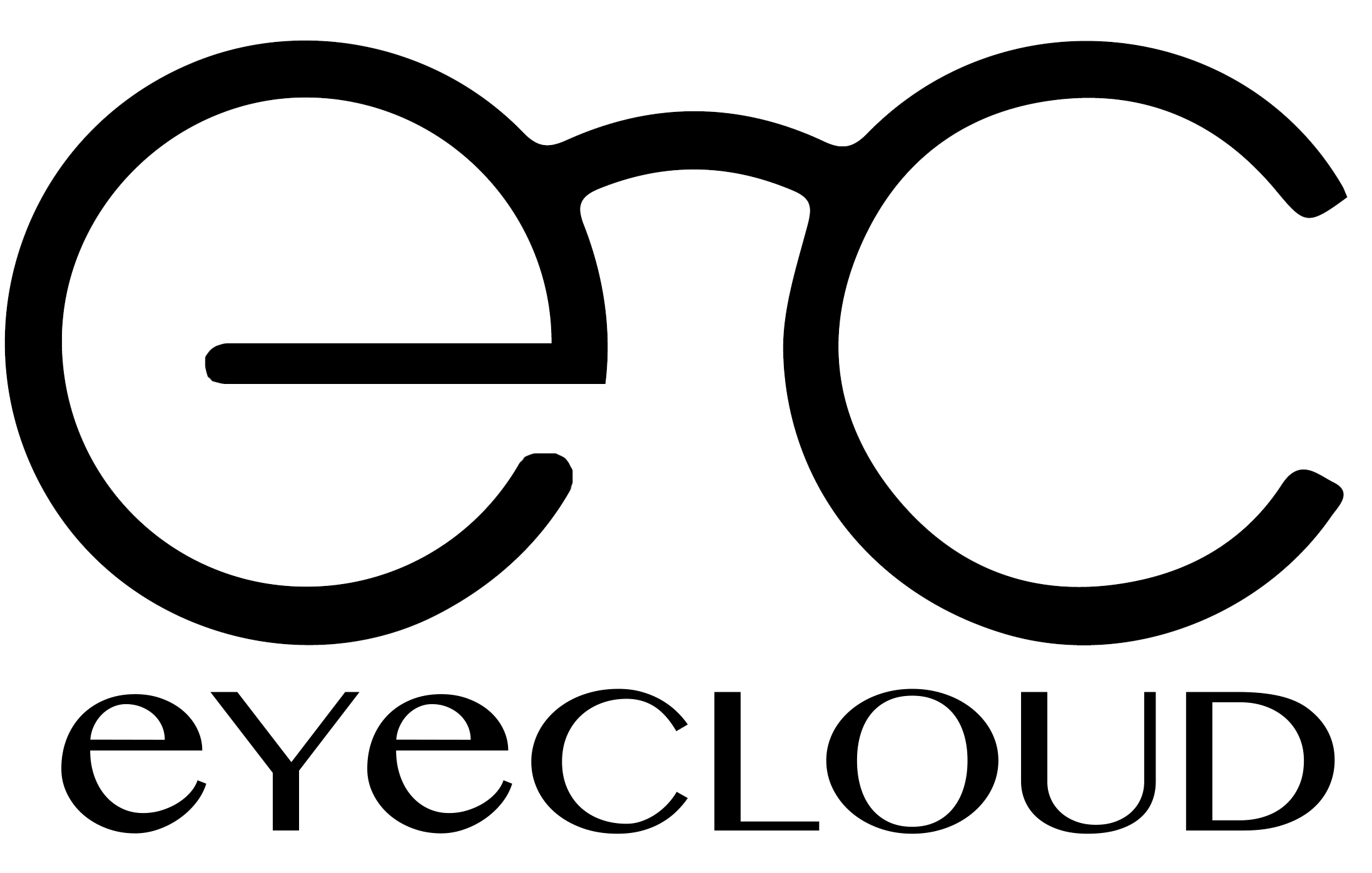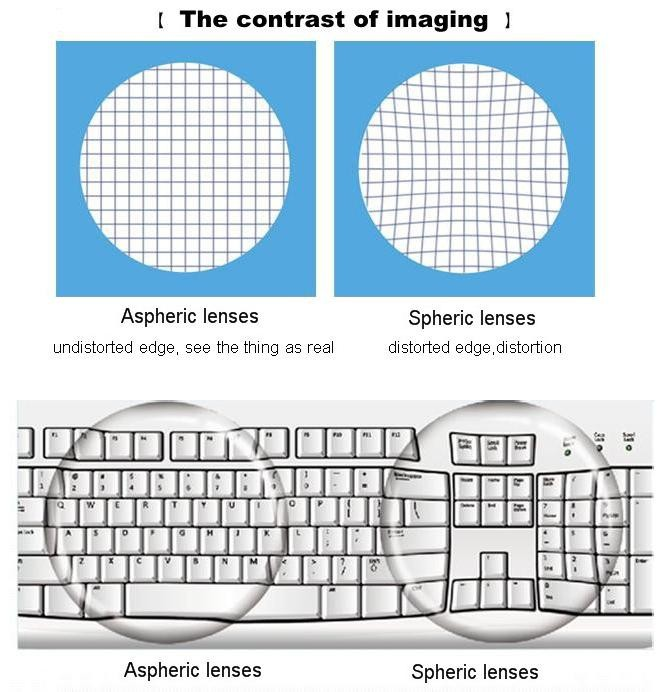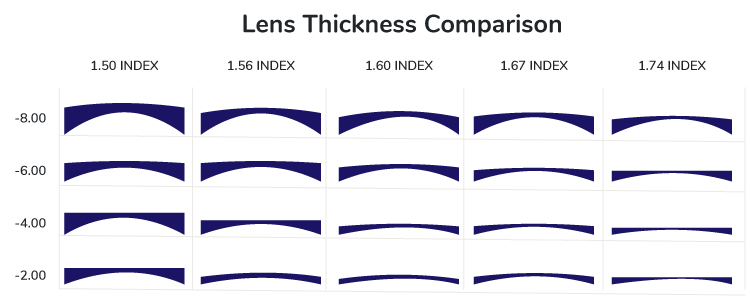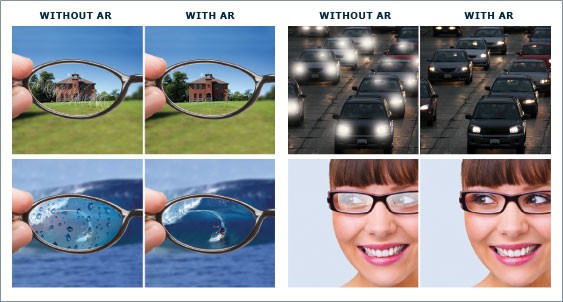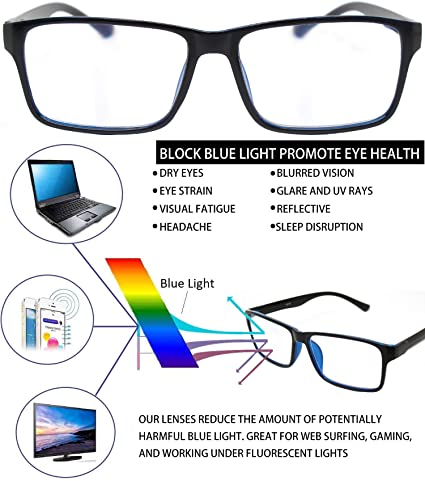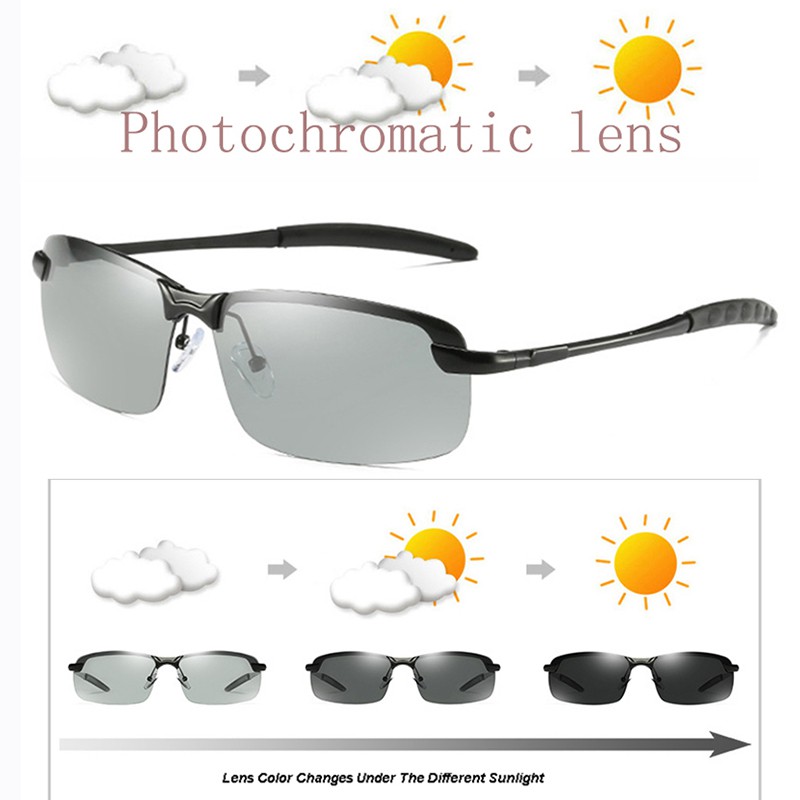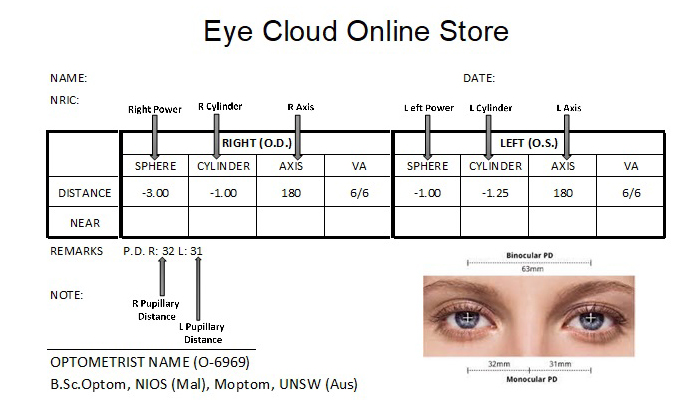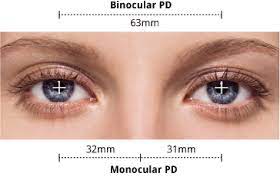Eye Care
Eye Examination
During an eye test, optometrist or optician use eye charts to measure how well you see in the distance, compared with other human beings.
The classic example of an eye chart is the Snellen eye chart, developed by Dutch eye doctor Hermann Snellen in the 1860s. There are many variations of the Snellen eye chart, but in general they show 11 rows of capital letters. The top row contains one letter (usually the "big E," but other letters can be used). The other rows contain letters that are progressively smaller.
During an eye exam, your optometrist or optician will ask you to find the smallest line of text letters that you can make out, and ask you to read it. If you can read the bottom row of letters, your visual acuity is very good.
What does "20/20" mean in an eye test?
The standard placement of the eye chart is on a wall that's 20 feet away from your eyes. Since many optometrist or optician' offices don't have rooms that are 20 feet long, in a smaller room the eye chart may hang behind the patient chair, using mirrors to make it appear in front of you at a simulated distance of 20 feet.
20/20 vision is considered "normal" vision, meaning you can read at 20 feet a letter that most human beings should be able to read at 20 feet.
Eye charts can be configured in various ways, but generally, if during an eye test you can read the big E at the top but none of the letters lower than that, your vision is considered 20/200. That means you can read at 20 feet a letter that people with "normal" vision can read at 200 feet. So at 20/200, your visual acuity is very poor.
In the United States you are considered "legally blind" if your best-corrected visual acuity (meaning, your best distance vision with eyeglasses or contact lenses) is 20/200 or worse.
To get a driver's license in most of the United States, your best-corrected visual acuity must be at least 20/40.
Usually the 20/20 line of letters is fourth from the bottom, with 20/15, 20/10 and 20/5 below that. Not many people have 20/10 or better visual acuity, but many animals do, especially birds of prey, which have been estimated to have an acuity of 20/5 or even better.
